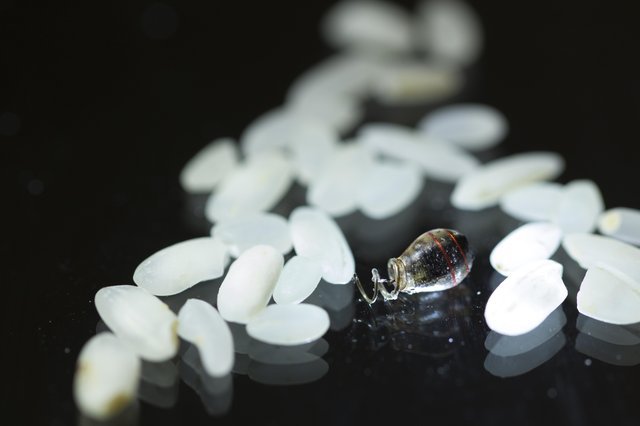Stanford has created a new type of pacemaker with wireless power.

What you see in the photo is a miniature pacemaker, the size of a grain of rice. The power for the chip is transmitted “through the air”, and such a device can be located deep in the human body, and electromagnetic waves of a certain type are used to feed the devices with energy. The charger itself is small in size, comparable to the size of a credit card.
The author of the new method of wireless charging of implanted chips and chips themselves is a team from Stanford, headed by Professor Ada Poon . The method is called mid-field wireless transfer. The principle of wireless energy transfer in this case uses a change in the properties of electromagnetic waves when a wave passes through various materials.
')
Poon points out that some medical devices, such as hearing aids, use "near field" wireless power transmission. But there is a condition - the transfer can be carried out only at very small distances in the human body. Conventional devices that are charged without wires use “far-field” waves that are not suitable for charging chips inside the human body, since such waves are either reflected or absorbed by the human body.
Well, the Stanford team's charger generates "midfield" waves that are transmitted through the air, changing their characteristics in the human body, and reaching the "address" device. The system has already been successfully tested on a rabbit and a pig.
The authors of the development believe that their project will be very useful in creating miniature medical chips, pacemakers, various kinds of sensors, as well as miniature drug injection systems. All this will work without the need to replace the batteries or wired power that is used today.
Among other things, miniature devices can also be used as brain stimulators that exert weak currents on various brain lobes. In this sense, such medical devices can replace some therapies where drugs are currently used. The device can act pointwise, and the drug acts on the entire brain, and the effectiveness of such an effect is lower than it could be.
The main thing is not to forget the source of electromagnetic radiation somewhere in the cafe, such as a mobile phone.
Via stanford
Source: https://habr.com/ru/post/223613/
All Articles